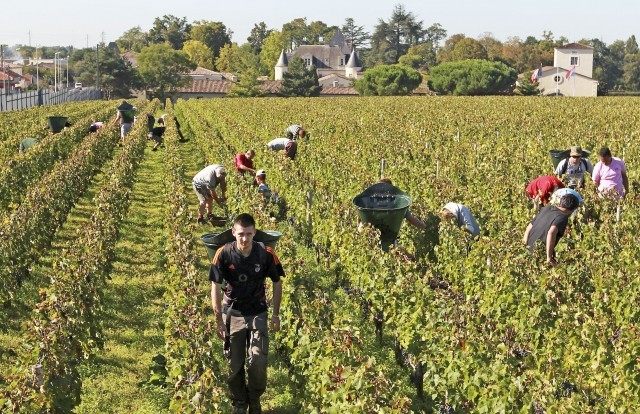The National Climate Prediction Center has raised the probability of an El Niño in the Northern Hemisphere lasting through this summer to 90 percent, and added that there is a a greater than 80 percent probability it will last through all of 2015.
With unseasonal snow falling in the Sierras this week, El Niño appears on course to bring heavy rain to the southern United States and South America, while scorching heat across Asia is expected to cause higher global food prices due to widespread crop failures.
On Thursday, May 14, 2015, the U.S. National Weather Service reported that the sea surface temperatures (SST) across the equatorial Pacific west of South America has heated up to between +1.0° centigrade to +2.3° centigrade above average in the four Niño regions that stretch across six hundred miles of the equatorial Pacific Ocean.
Given that the threshold for declaring a “moderate” El Niño event is three months of 1.0 centigrade warming, rising equatorial Pacific surface temperatures should cause the mirror opposite of the Biblical global warming Al Gore and the United Nations have been warning about.
As Breitbart News reported earlier this week, one of the many impacts of El Niño on worldwide weather patterns is an increase in “wind shear.” This phenomenon changes wind direction at higher altitudes across the tropical Atlantic. Coupling the resultant below-average sea surface temperatures across the “Main Development Region” in the tropical Atlantic and Caribbean, the lack of warm water for fuel will inhibit many Atlantic tropical cyclones from growing into hurricanes during the June to November season.
A new paper published last week in journal Nature Communications confirms the link between the natural climate fluctuation known as the El Niño Southern Oscillation and food harvests of wheat, rice, corn and soybeans that provide nearly 60 per cent of all calories consumed by humans on the planet.
El Niño years were found to have a tendency for negative impacts on crop yields in 22 to 24 percent of growing regions, especially in Asia. At the same time, El Niño tended to have a positive impact on crop yields in 30 to 36 per cent of harvested regions, especially North America. The study estimates the global average negative impact of an El Niño on total crop harvests is between a 0.8 and 4 percent decrease for wheat, rice, corn and soybeans.
These numbers may not seem large to city folks, but five years of El Niño in the 1950s led to massive famine in China. In the late 1950s, food supplies dropped by 30 percent and immense starvation prevailed in China. Demographic data indicates that the crisis resulted in about 30 million excess deaths and about 33 million lost or postponed births.
It has been 18 years since the world was hit with a strong El Niño, so very few countries are equipped for its considerable impact. With China and virtually all of Asia now confirmed global traders, there should be plenty of wheat, rice, corn and soybeans in storage to initially prevent any type of famine. But the price of food may rise dramatically.
If El Niño conditions persist for a few years, net cooling global temperatures will cause major food shortages and prices will skyrocket.

COMMENTS
Please let us know if you're having issues with commenting.